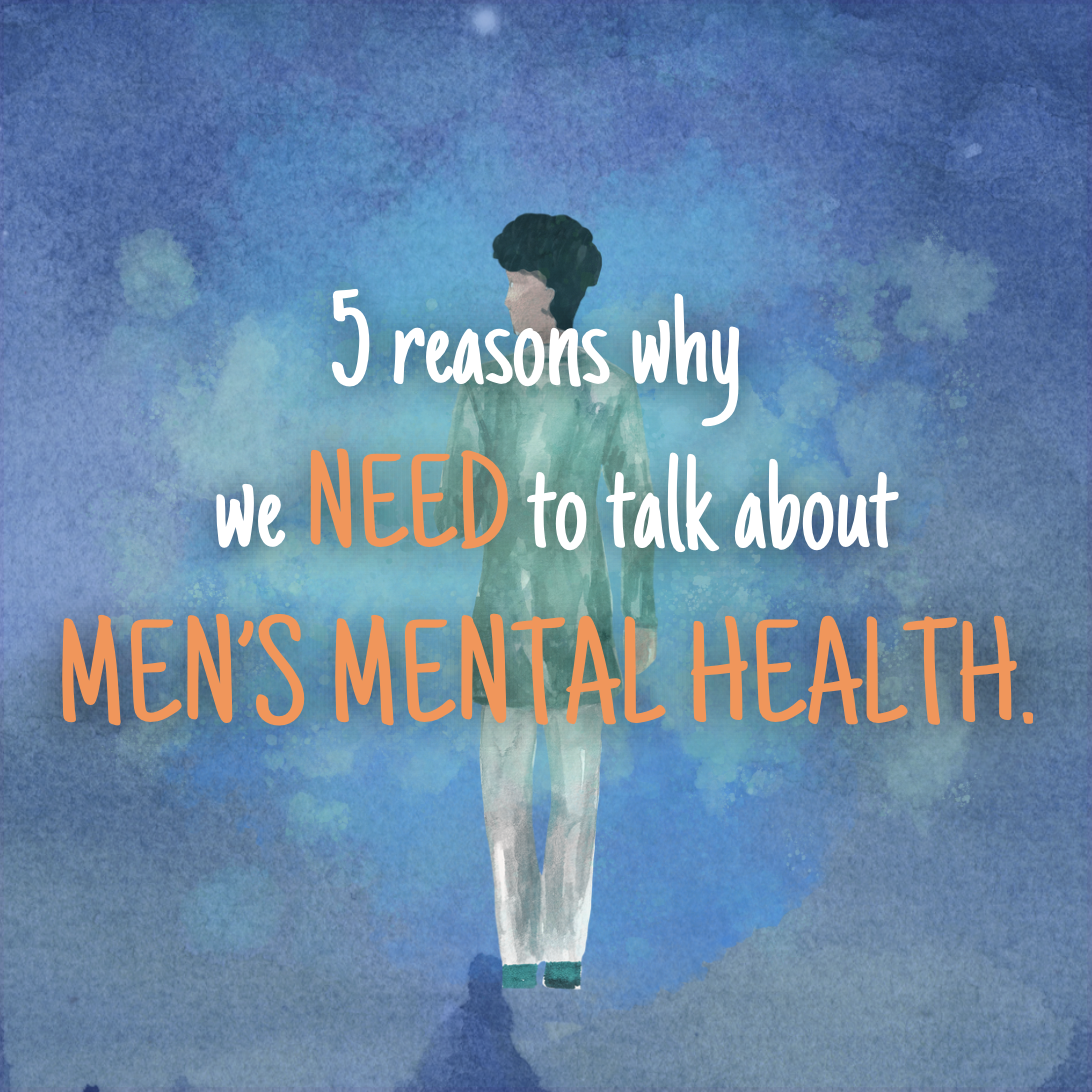As Men’s Mental Health Awareness Month (June) comes to a close, there are five shocking truths that you need to know about men’s mental health. It is important that we remember these truths as we interact with the men in our lives, so that we can better support them with the struggles they will encounter throughout life.
1. Male Suicide Rates
Men are dying by suicide at a rate that is nearly four times higher than women (Vankar, 2024). In 2019, this reached a new high with a rate of 22.4 men dying out of every 100,000 men (Vankar, 2024). With these high rates, it is important we remain vigilant to the struggles that the men in our lives will be experiencing.
2. Consequences of Stigma
Even as awareness and understanding of mental health has grown over the years, there continues to exist stigma towards men who choose to open up about their struggles. Whether it be from parents telling their sons to not cry, or a partner telling a man that it’s unattractive when they show emotions, these statements take a toll on men, and prevents many from seeking any kind of medical support.
3. Male Mental Illness Symptoms Differ From Women
While some may assume that mental illness symptoms appear the same across both genders, there are gendered differences in mental illness symptoms. For example, men who experience depression may show signs of anger as opposed to signs of hopelessness that are commonly seen in women (Greene, 2018). If mental health providers are not aware of these differences, it becomes much more difficult for them to identify mental illness in men.
4. Men’s Life Satisfaction Compared to Women
Some research has suggested that men report lower life satisfaction than women (Mental Health Foundation). Other research also indicates that men are three times more likely to become dependent on alcohol (Mental Health Foundation). All of these are risk factors that we need to be aware of when watching the men in our lives.
5. Male Suicide Even After Attempting to Seek Help
One of the most alarming findings of late is that in Canada and the U.S., when looking at the men who died by committing suicide, 60% of them had actually attempted to seek mental health care services in the past year (Griffith et al., 2024). This is a huge warning sign for providers to be even more vigilant and attentive to men who do seek treatment, and presents a major challenge for us to meet of getting men to continue seeking treatment, and making sure the treatment that we give them is of a quality level.
In Closing…
As we continue to fight the stigma around mental health, we must pay attention to the stigma that is specific to men, and truly make sure that they too can receive quality mental health care. As friends and loved ones, we should do what we can to let the men in our lives know that we care for them, we see their value, and we want them to live.
If you yourself happen to know of any men that are interested in learning more or receiving care, then check out our other articles or book an appointment with our psychiatrist(if you are based in California).
References
Greene, N. (2018, June 29). Why we need to talk about men‘s mental health. Office of Women‘s Health. https://www.womenshealth.gov/blog/mens-mental-health
Griffith, D. M., Ogunbiyi, A., & Jaegar, E. (2024, April 2). Men and mental health: What are we missing? AAMC. https://www.aamc.org/news/men-and-mental-health-what-are-we-missing
Mental Health Foundation. Men and women: statistics. https://www.mentalhealth.org.uk/explore-mental-health/statistics/men-women-statistics
Vankar, P. (2024, March 24). Male suicide rate by age group U.S. 2001-2021. Statista. https://www.statista.com/statistics/1114191/male-suicide-rate-in-the-us-by-age-group/


Leave a Reply